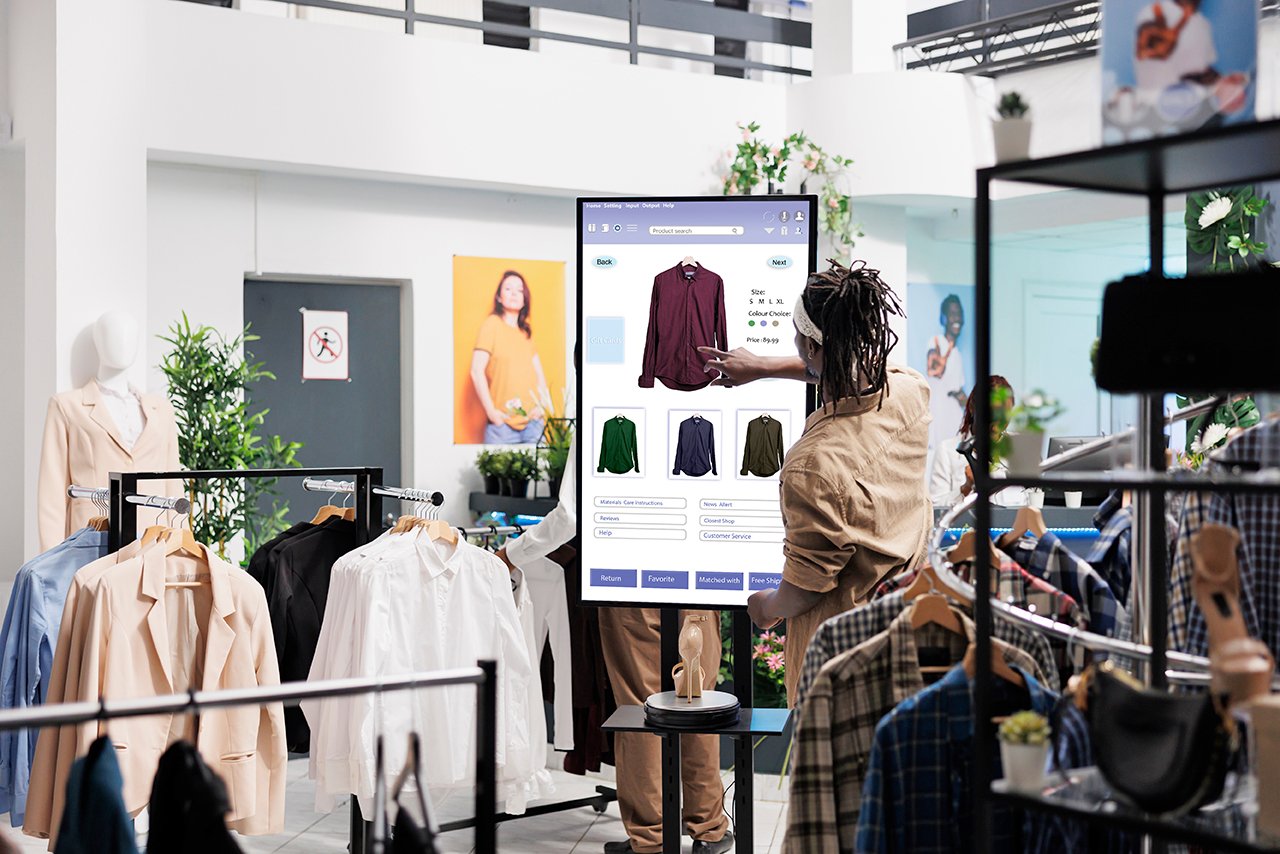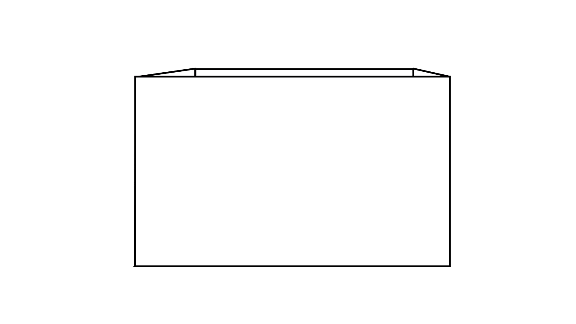Three Essentials for Great Environmental Branding
Developing and executing great environmental design requires a dual focus on innovation and functionality. It’s much more than a magical “Eureka!” moment of artistic creativity. It’s a process, and more often than not a collaborative one.
While they don’t sound flashy, it’s important to keep three environmental branding essentials front of mind throughout the design process: adaptability, reliability and efficiency. These extend well beyond sketches, renderings and floor plans, as design intertwines with execution as part of the end-to-end store development process until installation is complete.
Let’s explore what that entails.

Adaptability: Connecting with now and anticipating evolution
Great environmental design creates great customer experiences. It serves customer wants and needs, influences purchasing behavior and inspires brand loyalty.
And what accomplishes that today might change in six months — slightly or significantly — given the ever-evolving nature of consumer preferences, market trends and technological advancements.
Successful retail spaces are designed to easily adapt to changing merchandise assortments, promotional strategies and customer engagement techniques. A focus on fostering relevance and appeal is a day-to-day task that a store design anticipates.
This is why design starts with listening to client ideas and aspirations, as well as their interpretations of targeted shopping data. When clients talk about accommodating new product lines and seasonal displays or making it easy to produce pop-up shops or stores-within-stores, intuitive designers envision modular furniture and fixtures and flexible partitions that can quickly recreate store sections, minimizing the stress on store managers and associates.
Within this framework, digital signage and interactive displays can be integrated with specific plans for evolving promotions and content management.
This adaptability is not only about store refreshes or responding to shifts in the market but also about creating an environment that can evolve with your brand’s identity and the changing needs of your customers.
Reliability: Quality and resilience
A national retailer once came to Miller Zell with an in-house design that included a collection of large wooden tables. Those tables were not only expensive, they also were demanding to ship and build, particularly at scale. Our design team came up with a handful of alternatives that were lighter and less expensive, but the final decision came when a team member specializing in value engineering offered a material selection that checked all the boxes, which included durability of both look and feel as well as shipping and installation efficiency.
Every element inside a environmental branding project serves a specific purpose, from static signage to the most elaborate interactive technology. And properly serving that purpose is a marathon, not a sprint. Maintaining both purpose and structural aesthetics not only enhances the longevity of the retail environment but also contributes to a positive perception of the brand.
"Every element inside a branded environment serves a specific purpose, from static signage to the most elaborate interactive technology. And properly serving that purpose is a marathon, not a sprint."
Branded environments that are difficult to maintain diminish the associate experience as well as the customer experience. Cleaning, upkeep and potential repairs should be a straightforward process, and that should play a role in the design intention.
Further, design reliability incorporates establishing a safe, secure and accessible environment. All customers should feel welcome and safe, from entrance to restroom to parking lot exit. This isn’t only about state and federal regulations. It’s also about brand values and customer care.

Efficiency: Optimized design, optimized execution
Poll any group of designers of branded environments, and a significant percentage will note how a design they felt great about fell short of their vision during execution. And each story of disappointment will be different.
Efficiency plays two roles here. It’s about the process of completing a great retail design project, and it’s about the customer experience it creates after installation.
While “design” sounds like art and “efficiency” sounds like business, they are inseparable in retail. Efficiency isn’t just about “on time and on budget” either. It’s about crossing the finish line with optimized results that exceed a client’s expectation… and doing so on time and on budget. That’s optimizing process and the resulting customer experience.
Efficiency plays a role within design, too. As in, every square foot of a retail space should be utilized to its maximum potential. This is about fixtures, shelving, displays, lighting and technology focused on strategic product placement and enhanced visual merchandising. It’s about each specific customer experience, from parking lot to entrance to in-store navigation to an effective checkout and store exit. It’s about improving the associate experience — finding products, inventory management and customer service — so they confidently and enthusiastically support your shopper experience.
Design with an end-to-end focus on efficiency is key to optimizing operations and maximizing profit. It’s also critical for ensuring you provide a great customer experience that builds brand loyalty.
The integration of these three environmental branding essentials during a concept-to-completion process ensures the successful deployment of retail design projects that are both purposeful and aesthetically pleasing.
An adaptable retail space can effortlessly transition between different product displays and promotional setups to align with seasonal trends or marketing strategies.
Reliability ensures that the physical elements of the retail environment, from the store layout to fixtures and technology systems, can withstand the daily demands of a bustling retail setting.
Efficiency starts with the design and execution process and then includes the resulting customer experience that the design and execution process created.